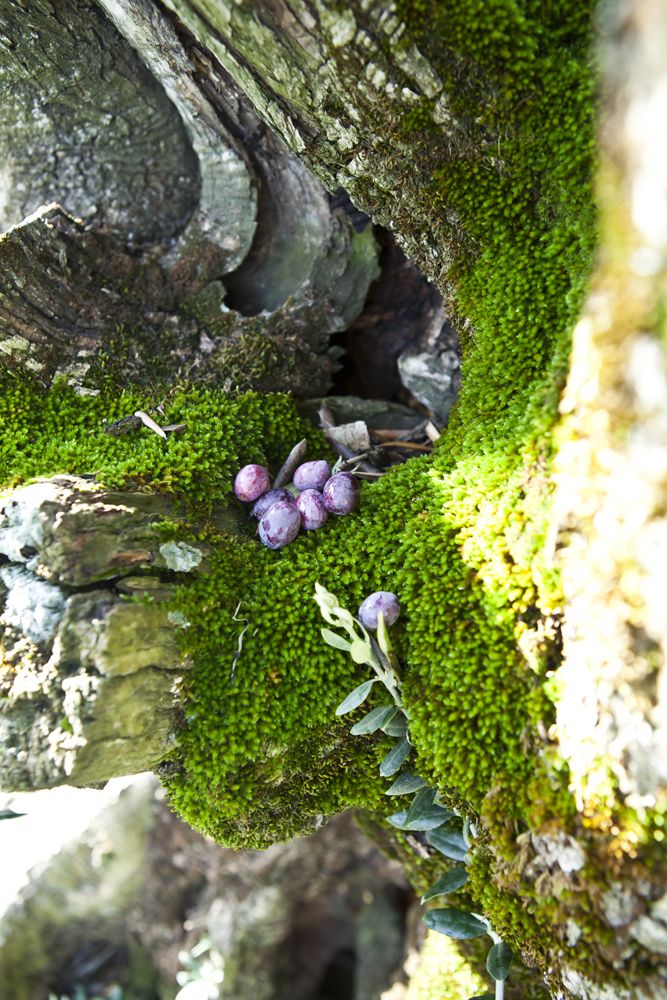What do you really need to know to choose your olive oil?

May 26, 2016
Beyond geographical marketing considerations (such as where the cicadas sing the loudest, where my grandparents lived, or where I spent my best vacation...) and the aesthetics or originality of the packaging, here's what you need to know when choosing your olive oil:
The Variety!
Like wine and chocolate, there are different varieties of olives, each with its own distinctive flavor (over 1,200, mainly around the Mediterranean Basin). Some varieties you'll love, others perhaps less so. In any case, to discover these different flavor profiles, always choose monovarietal oils (made from a single variety of olive) for clear, recognizable aromas. It's better to have a bold and distinct aroma rather than a blend of olives that will homogenize and standardize the taste of the oil.
The Ripeness!
While logic would suggest waiting for the olives to be fully ripe before extracting the oil, it’s common practice to press olives at different stages of ripeness. This varies by country, region, or even for some sensory experts who believe that certain varieties perform better at specific stages of maturity to optimize their aromatic yield. Some of you might appreciate the fresh, herbaceous notes of a green fruitiness, others the balance and aromatic openness of a ripe fruitiness, or perhaps the rich, jam-like intensity of a black fruitiness (from overripe olives). You might even enjoy all three types of fruitiness, adapting them to your dishes, moods, or the seasons...
Take the opportunity to travel through tastings: Lebanon, Portugal, Montenegro, Tunisia, Spain, Italy... offer a diversity with a capital "D!"
So remember: monovarietal and type of fruitiness (green, ripe, or black)!
Read more

Now it’s the Arbequina’s turn!
Our Arbequina olives have reached their perfect ripeness.
Read more

Alexis Muñoz X Maison Sarah Lavoine
Our collaboration between Maison Sarah Lavoine and Alexis Muñoz is making a big comeback!
Read more

Upgrade to the 18:1 plan!
No need to think about it — your favorite olive oil is delivered straight to your door.
Read more
